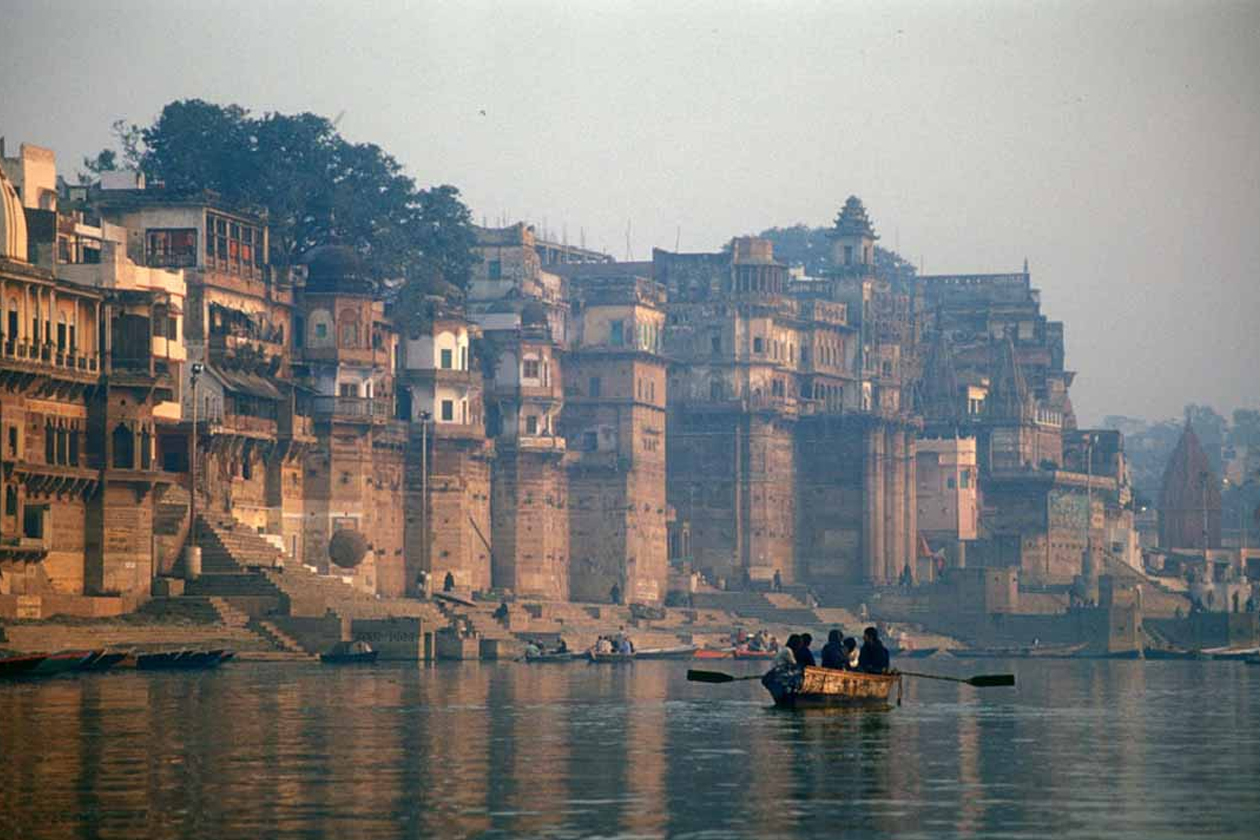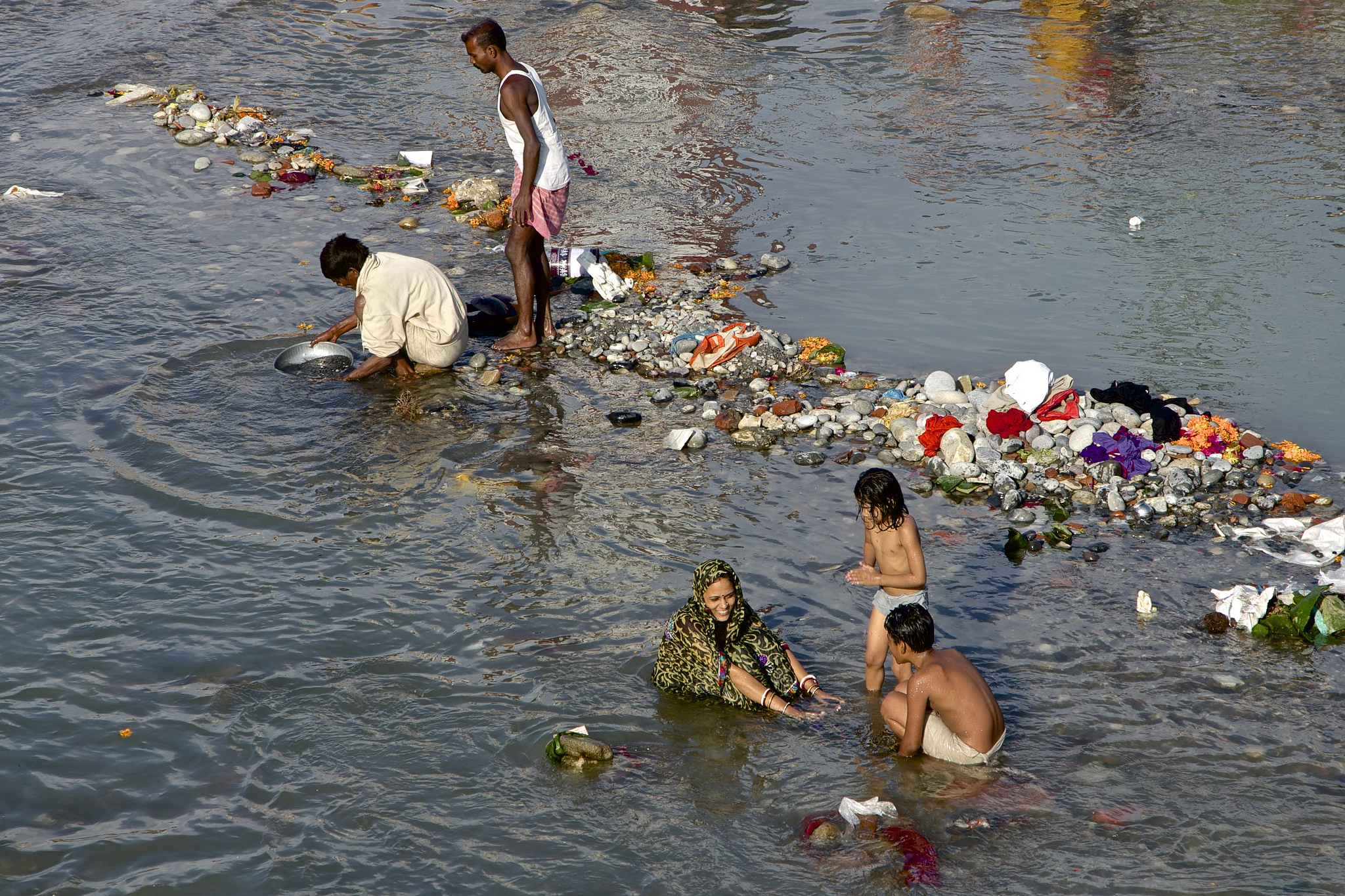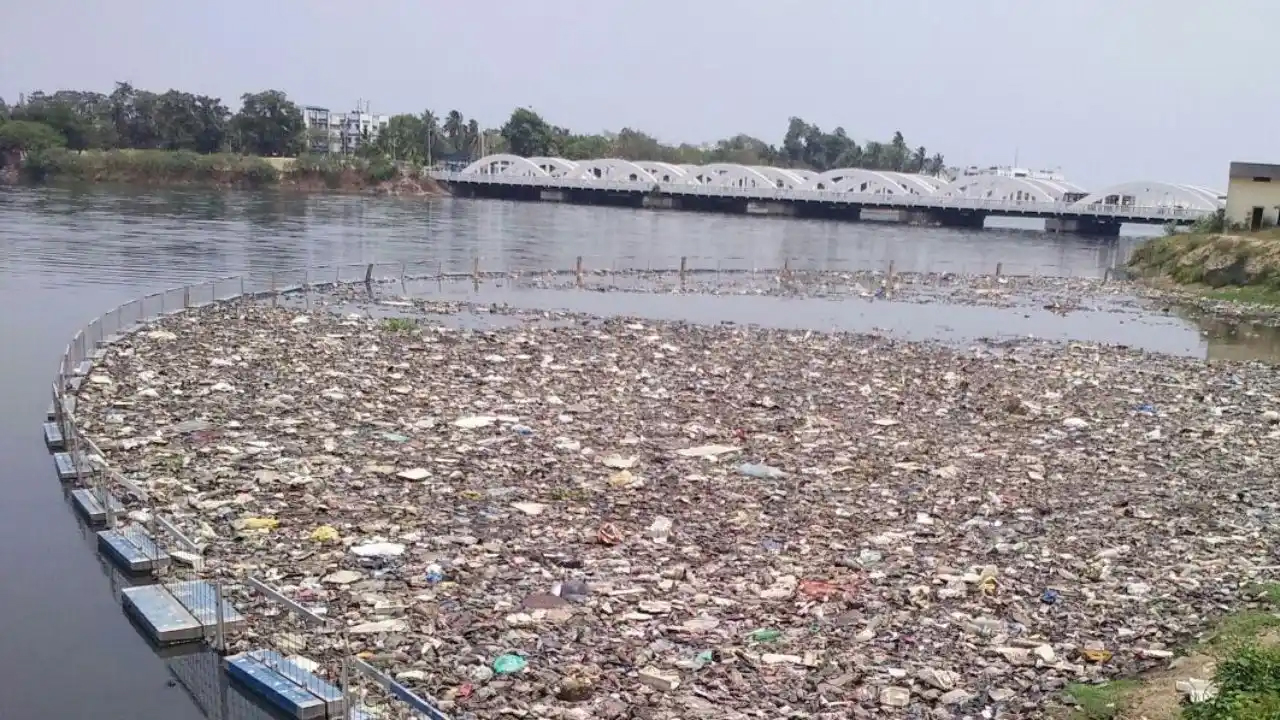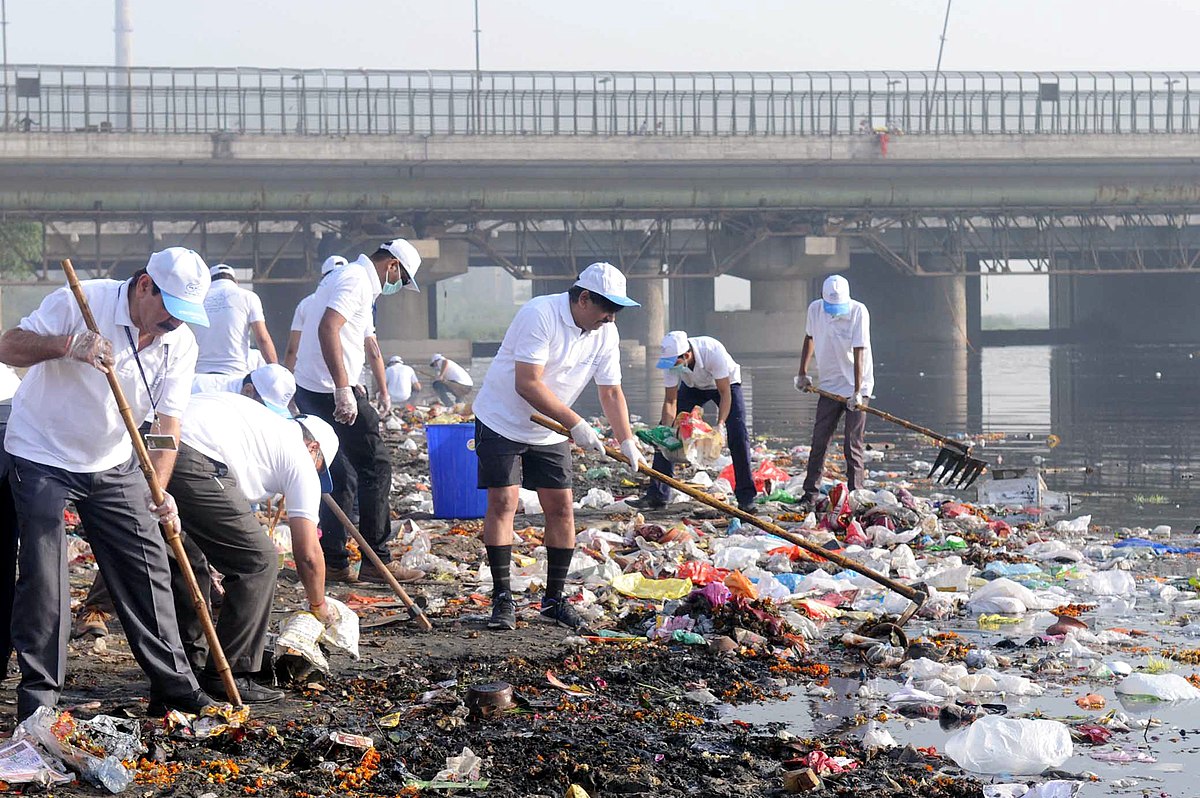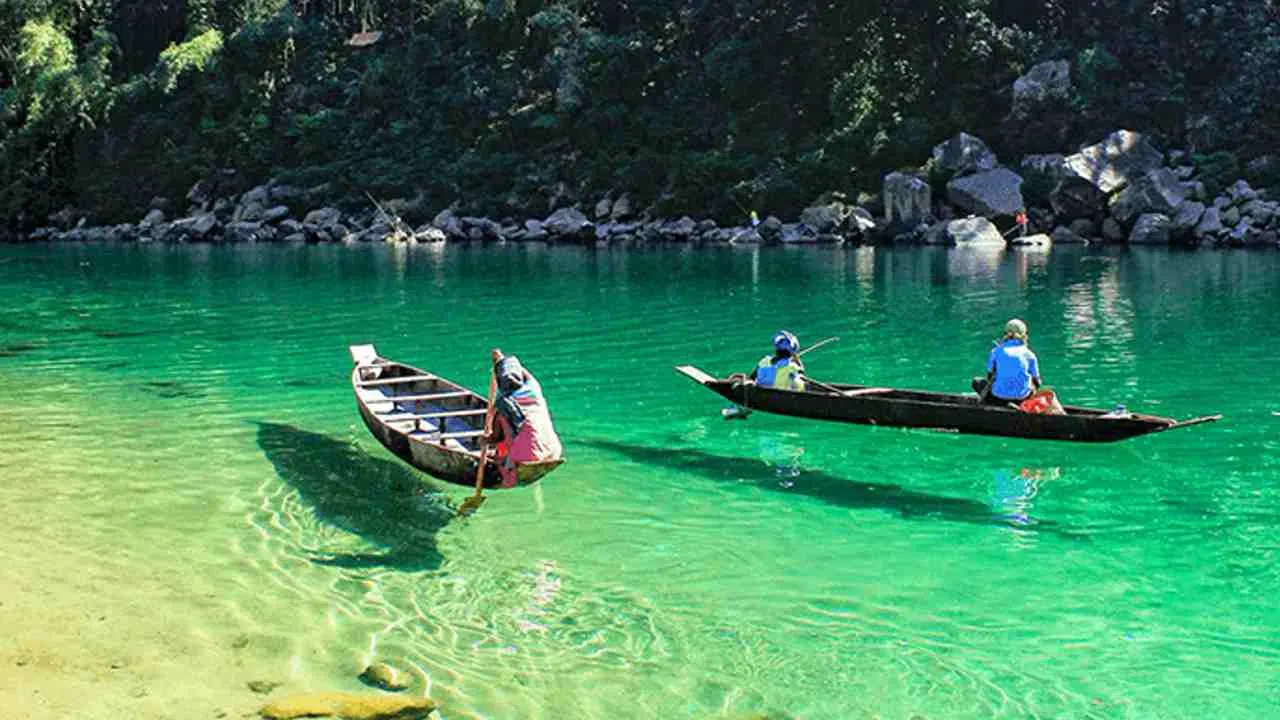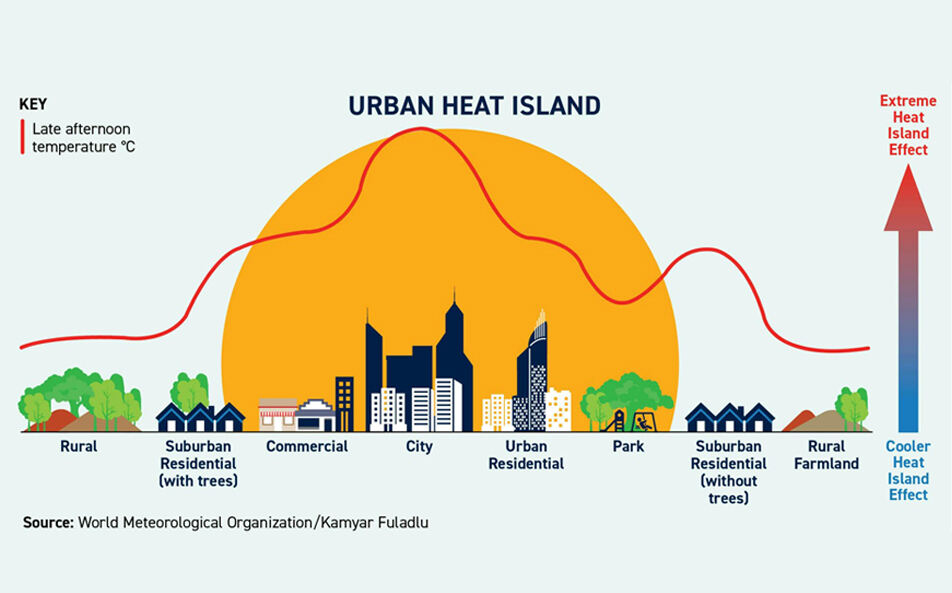
The United Indian

India, known for its diverse culture and rich heritage, is also home to several lifelines—its rivers. These water bodies have played a crucial role in shaping the nation's history, supporting ecosystems, and providing sustenance to millions. However, rapid urbanization, industrialization, and unchecked pollution have jeopardized the health of these rivers. This article explores the imperative of why & how to keep rivers clean, the challenges involved, and potential solutions to safeguard these vital lifelines.
Importance of Rivers in India
Imagine this: the sun dances on clear water, fish flit through vibrant reeds, and laughter echoes as children splash in a cool embrace. This isn't a fictional paradise, it's the India we remember, where rivers were not just natural wonders, but throbbing lifelines for millions.
Rivers, since ages, have held immense significance in India, both culturally and ecologically. They have been integral to the country's agricultural practices, providing water for irrigation and sustaining rural livelihoods. Moreover, many rivers are considered sacred in various religions, contributing to the spiritual fabric of the nation. Economically, rivers support industries, generate hydropower, and serve as transportation routes.
Challenges to River Health
Today, a harsh reality paints a different picture. Despite their importance, people have forgotten the importance of clean rivers in India. India's rivers face severe threats, primarily due to pollution. Our rivers, once shimmering arteries of life, are choked with the toxins of neglect. Plastic mountains rise like grim monuments, industrial waste poisons the currents, and sewage turns what should be life-giving waters into silent streams of despair. Industrial discharge, untreated sewage, agricultural runoff, and improper waste disposal have contaminated water bodies across the country. The Ganga and Yamuna, two of India's most revered rivers, have been particularly affected, with high levels of pollutants adversely impacting aquatic life and human health.
The excessive extraction of water for various purposes, including agriculture and industry, has led to reduced river flow, exacerbating the problem of ensuring clean rivers in India. Deforestation and climate change further compound these issues, causing changes in precipitation patterns and contributing to the degradation of river ecosystems.
Why This Matters: A Web of Consequences
The plight of our polluted rivers isn't just an environmental tragedy; it's a crisis with far-reaching tentacles. Polluted water is a ticking health bomb, threatening us with diseases like cholera, diarrhea, and even cancer. It cripples agriculture, robbing fertile land of its potential and pushing farmers into despair. It silences ecosystems, suffocating the diverse tapestry of life that thrives in healthy rivers.
Our Inability to keep clean rivers in India is also severely affecting Aquatic life. The water pollution, leading to a decline in fish populations and the loss of biodiversity. Additionally, contaminated water poses a direct threat to human health, as communities relying on these rivers for drinking water face increased risks of waterborne diseases.
Moreover, the depletion of freshwater resources hampers agricultural productivity, affecting the food security of millions. The interconnectedness of rivers with various aspects of life in India underscores the urgent need to address these challenges.
This isn't just about inconvenience; it's about a future hanging in the balance. Can we imagine India without the lifeblood of its rivers, our cities parched, our fields barren, our communities fractured? The answer is a chilling no. Hence it become even more crucial to talk about why & how can we keep our rivers and lakes clean.
The Way Forward: How to Keep Rivers Clean in India
But amidst the grim reality, a wave of hope is rising. Across India, individuals, communities, and government initiatives are rising to the challenge. From ambitious projects like Namami Gange to grassroots movements championed by passionate volunteers, a tide of change is washing over our rivers.
The stories are inspiring. From students organizing clean-up drives to women's groups planting trees along banks, everyday heroes are proving that even small efforts can create a ripple effect. Sewage treatment plants are being built, industries are being held accountable, and awareness is spreading like wildfire. Let's see how can we keep our rivers and lakes clean in India
- Stringent Regulatory Measures: Implement and enforce strict environmental regulations to control industrial discharge and waste disposal. Penalize entities violating these regulations to create a deterrent effect.
- Upgrading Sewage Treatment Infrastructure: Invest in the improvement and expansion of sewage treatment plants to ensure the proper treatment of domestic and industrial wastewater before discharge into rivers. Promote the use of advanced technologies for efficient treatment.
- Promotion of Sustainable Agriculture Practices: Encourage farmers to adopt sustainable agricultural practices that minimize the use of chemical fertilizers and pesticides. Implement watershed management programs to reduce soil erosion and agricultural runoff.
- Community Involvement and Awareness: Foster community participation in river conservation initiatives. Raise awareness about the importance of clean rivers and the impact of pollution on ecosystems and public health. Engage local communities in monitoring and reporting instances of pollution.
- Afforestation and Riverfront Development: Undertaking afforestation projects to restore and protect riverbanks is another way of how to keep rivers clean. Develop green belts along riverfronts to prevent encroachments and promote a healthy riparian ecosystem.
- Integrated Water Resource Management: Implement integrated water resource management strategies that prioritize the sustainable use of water for various purposes, balancing the needs of agriculture, industry, and domestic consumption.
- Climate Change Mitigation and Adaptation: Address climate change by promoting renewable energy sources, reducing carbon emissions, and implementing adaptive measures to mitigate the impact of changing weather patterns on rivers.
Safeguarding India's rivers is a collective responsibility that requires concerted efforts from government bodies, industries, communities, and individuals. The health of these lifelines is intrinsically linked to the well-being of the nation, affecting ecosystems, agriculture, and public health. By understanding how can we keep our rivers and lakes clean, we can contribute
Imagine a future where our rivers flow clean again, where children laugh in their embrace, and where they truly embody the lifeblood of our nation. This is not just a dream; it's a future we can build together.
Its important to realise the gravity of the situation, adopting comprehensive measures, enforcing regulations, taking individual responsibility, and joining hands with the changemakers, we can write a new chapter for our rivers, one where they flow not with filth, but with the vibrant pulse of life, hope, and a resurgent India.
India can ensure the longevity and vitality of its rivers, preserving them as invaluable assets for future generations. All by creating awareness on how to keep rivers clean.
So, let's rewrite the story, not just for ourselves, but for generations to come. Let's make our rivers sing again, because a nation with clean rivers is a nation with a clean conscience, a healthy future, and a spirit that flows as strong and untamed as the water itself.
Read more in Environment
May 27, 2025
TUI Staff
May 27, 2025
TUI Staff

Stay Tuned with The United Indian!
Our news blog is dedicated to sharing valuable and pertinent content for Indian citizens. Our blog news covering a wide range of categories including technology, environment, government & economy ensures that you stay informed about the topics that matter most. Follow The United Indian to never miss out on the latest trending news in India.
©The United Indian 2024

